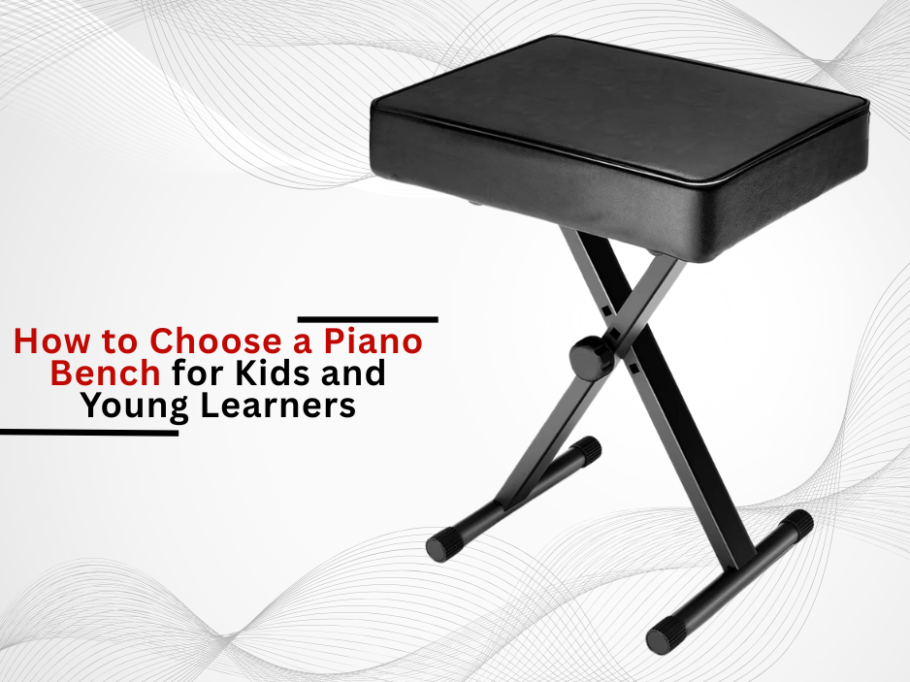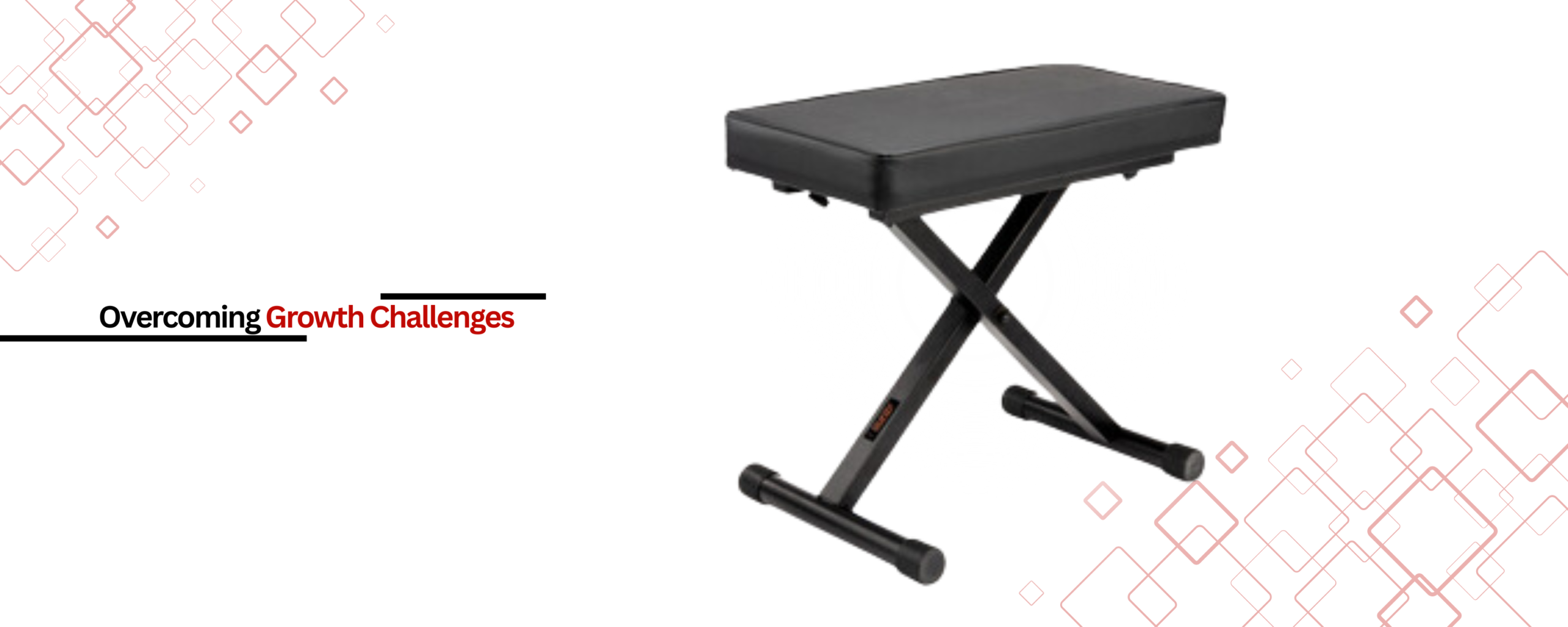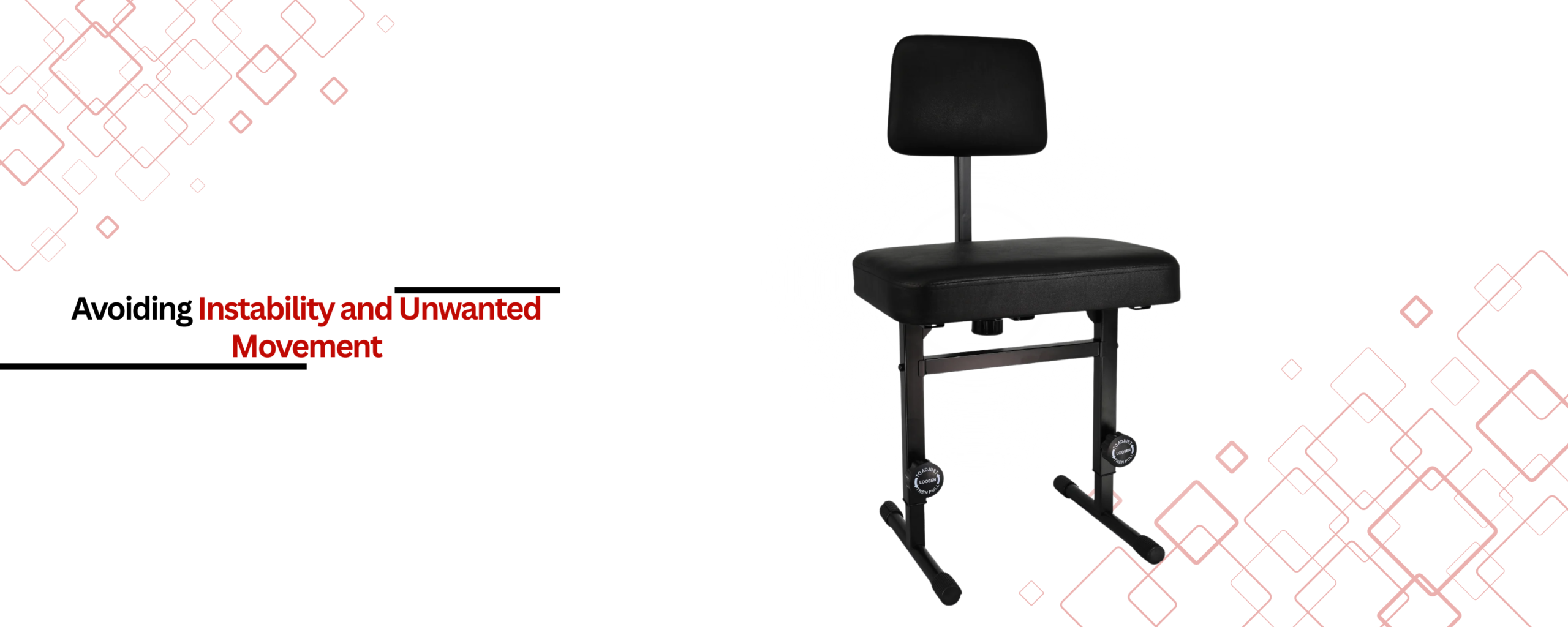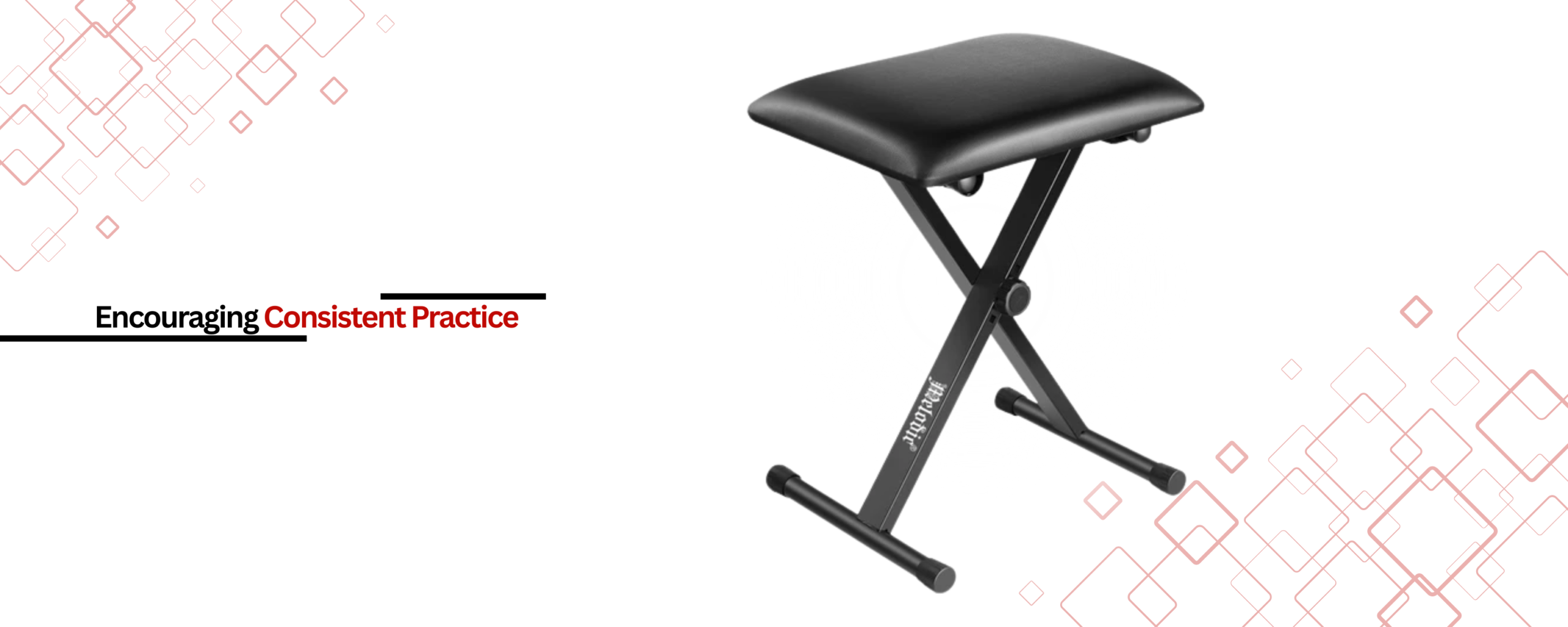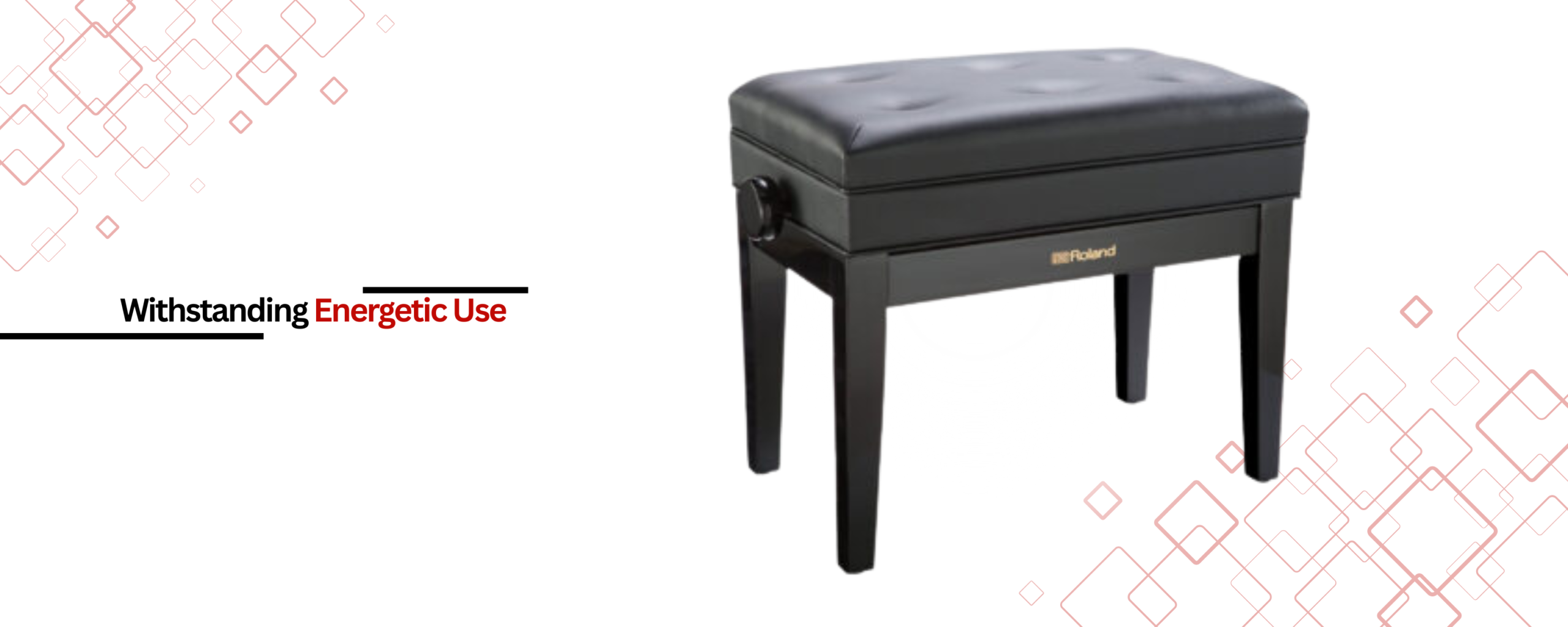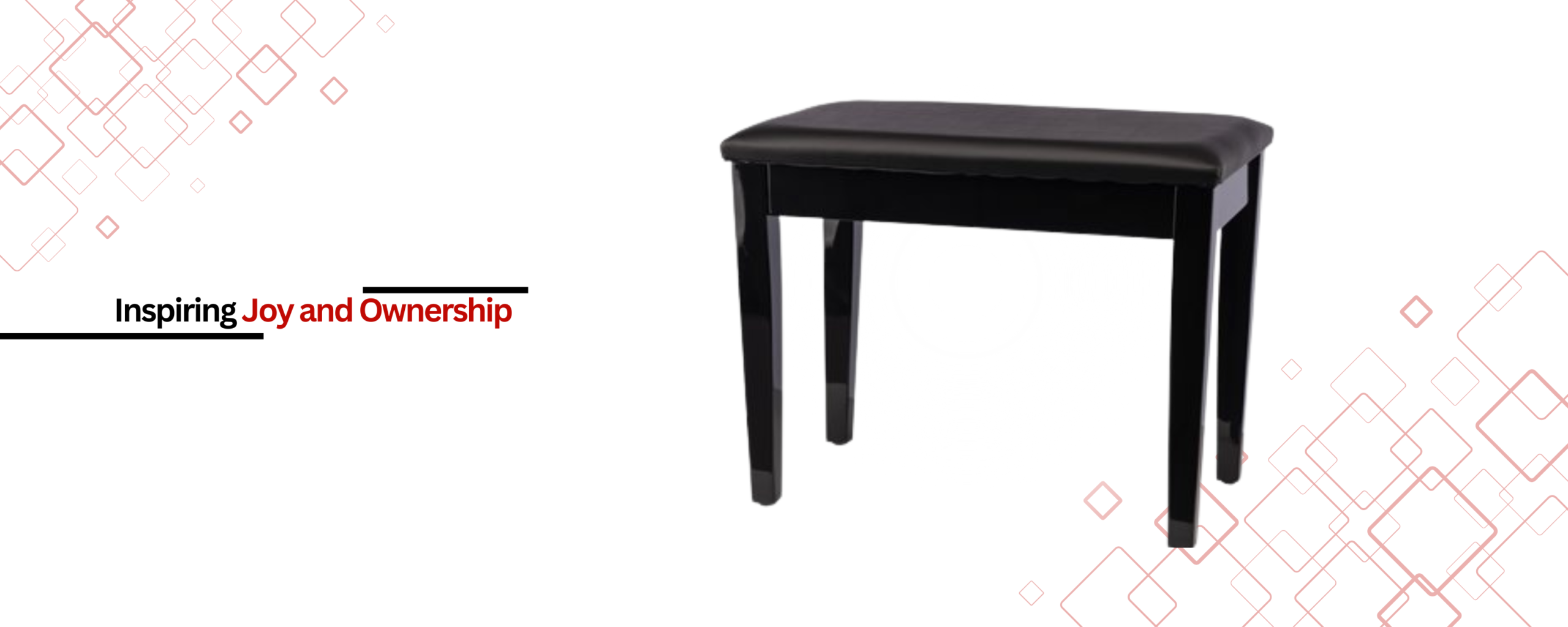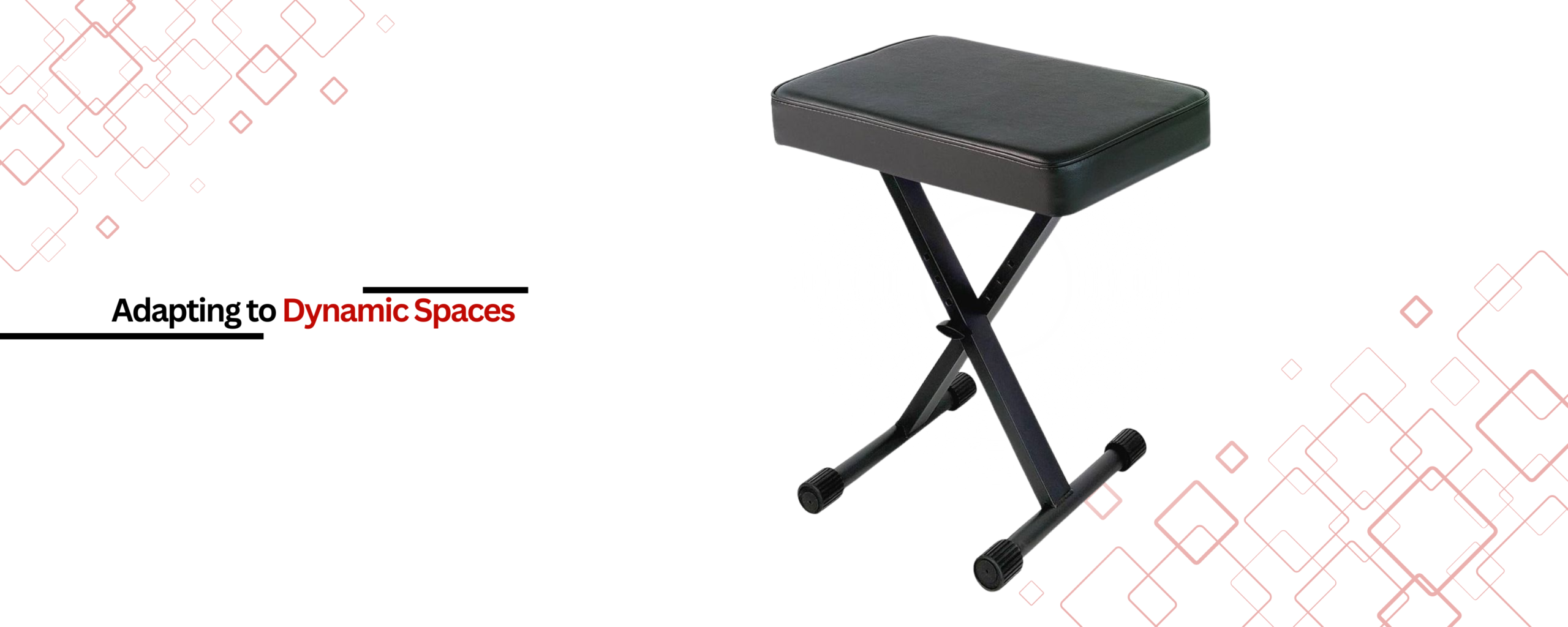Choosing appropriate piano furniture for children is relevant to their comfort and enjoyment of music; however, it is often underestimated or completely ignored. A properly designed piano bench that supports the child’s developmental stage and is safe keeps the child’s attention, encourages good posture, and helps sustain interest while practicing. This guide analyzes the most important factors to help purchase a bench that considers the emotional and technical requirements of young performers.
To know more, read Which Piano Bench is Best for Your Keyboard Setup?
1. Adjustability: Overcoming Growth Challenges
Customizability is an important factor to consider as children develop at a rapid pace. Ensuring that her back is well supported, a bench that is proportionate to her height helps foster growth.
Height Range and Mechanisms:
Children’s height can be supported with spindles, hydraulics, or slide-up step increments. The adjustable height range of 16–22 inches is ideal to cater for younger users at late primary school while also being useful during teenage years.
Ease of Adjustment:
The presence of adjustable changing mechanisms ensures that the child can independently alter the setup without needing to use any tools.
2. Safety Measures: Avoiding Instability and Unwanted Movement
Children are known for their high activity level, resulting in shifting or fidgeting while using the equipment and needing chairs that can handle sudden jerks.
Weighted Bases and Non-Slip Features
Strategic use of wide legs, rubber tips, and low center of gravity designs mitigate tipping risks. Moreover, slip-resistant padding on the seat surface enhances security even further.
Rounded Edges and Materials
The rounded wood edges and cushioned metal frame prevent splinters and injuries from happening, ensuring safe everyday use and reducing injury risks.
3. Comfort: Encouraging Consistent Practice
Discomfort when interacting with a product can deter young learners from fully engaging themselves. A size-appropriate bench promotes endurance along with session productivity.
Cushioning and Support
Moderate padding provides some softness while ensuring stability and preventing slouching. As well, breathing fabrics like cotton or mesh will keep the user from overheating.
Seat Depth and Proportions:
Shallower depths of seats (12-14 inches) enable younger children to sit with their feet flat on the floor, while also allowing access to pedals, therefore promoting good posture.
Need this in bulk? You can get this from wholesale: piano benches
If you need this at the best prices, you might check out this new platform: piano benches
4. Durability: Withstanding Energetic Use
Piano benches made for children are expected to withstand spills, alterations in seating, and rough handling.
Robust Materials:
Everyday wear is expected to happen to the hardwood frames and powder-coated steel along with reinforced plastic. Along with these, removable and machine washable covers are available for easy maintenance.
Secure Joints and Fastenings:
Durable locking bolts are used instead of ordinary screws with locking mechanisms that enable rotation over prolonged periods.
5. Aesthetics: Inspiring Joy and Ownership
Appealing visuals increase the willingness of children to engage with benches, transforming dull practices into exciting activities motivating them to initiate practicing on the benches.
Choices of Color and Design:
Younger users will appreciate the bright colors and playful themed designs because they transform the bench into a cherished part of their musical identity.
Personalization Options:
Children will be able to customize their space to their liking through the interchangeable panels or decaled benches as their tastes evolve.
6. Portability: Adapting to Dynamic Spaces
Portability makes it easy for families with tightly constrained living spaces or multi-musicians to move around freely.
Lightweight Yet Sturdy Builds:
Stability is maintained with easy relocation provided by aluminum or composite materials. Simplifying storage is achieved through foldable designs.
Compact Footprints:
Wider rooms are maintained because the narrow profile allows the bench to be snugly fitted into smaller spaces.
Conclusion
Pens and paints are not the only things that help in achieving custom work; designing a piano bench for learners at junior stages involves incrementing passion while ensuring adjustability. This is where brands like On Stage, 5 Core, and Gleam step in as they showcase the market’s attempts to address these complex needs through designs that adapt with the child and to the environment. Offer tailored and adaptable designs that address nuanced needs to grow with the child and change learning conditions. Irrespective of preferences, there is a unified goal. To ignite the imagination of young musicians by creating carefully balanced, noticeable adjustments, inspiring space, and taking great steps towards safety for fully nurtured growth.

